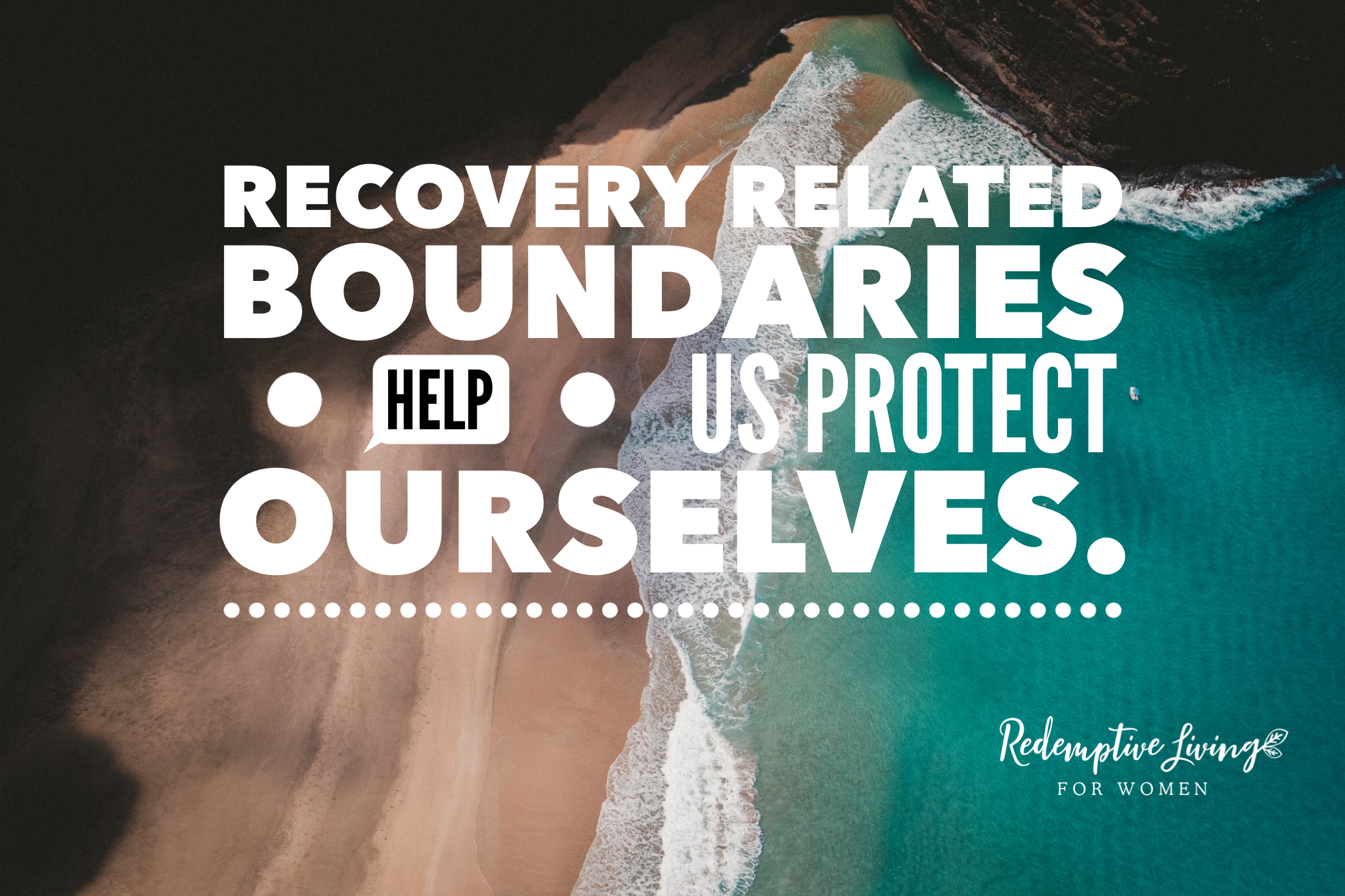The Art of Detachment - Part 2
In the last blog post, we discussed detachment - what it is, when we might need to utilize it, and how to implement it.
Remember that detachment is rooted in boundaries. When we are able to detach, we are able to see ourselves apart from others (which is also a common definition of boundaries).
Detachment is not easy to do - in fact, it can feel really unnatural and bring up fears, anger, sadness - the works. (To be clear, this is in relation to detaching from someone we are close to.) And the closer we are to the person - (as in, if we live in the same house as them) - the harder it will be. Let’s just put it this way - the house can get real quiet and real awkward when we need to detach from someone living under the same roof as us.
Picking up where we left off - let’s look at what we need to do when we start to detach - and instead of seeing him lean in and move toward you (by amping up his recovery, not with his words but with what you see him doing) - he starts to move even further away.
#1 - Awareness and Stay the Course.
As you detach - like I said, I want you to be looking for - Am I gaining clarity? Am I feeling more connected to myself? And is he taking steps toward me?
If you are able to breathe and starting to feel more connected to what you feel and need (versus more connected to what he might feel and need), then you know you are going down the right track.
As for him moving toward you, what I mean is - is he being intentional to do the things you (or your coach / counselor) have asked of him? Is he working toward meeting your needs?
For example, this could look like him doing a T-30 journal (found in Worthy of Her Trust) or it could look like him writing out a FANIT (see page 156 in the Rescued Workbook) and delivering it to you every day. (Because you are practicing detachment, it will probably look like him writing it out versus him sharing it verbally with you - at least initially.)
However - if you see that as you detach, he is doing less and less recovery work - first is to simply notice / acknowledge it is happening. Second, understand that the harder work of detachment is about to begin. What we don’t want is for this to throw you off course.
You might feel anger or fear if you start to see that he is stepping further and further away while you detach. You might even feel like you are giving him a free pass.
But keep in mind - detachment is for YOU. It’s for you to gain clarity, to get more connected to yourself, and to truly see - how much effort is he going to put into the relationship.
Stay the course.
#2 - Be clear with him that you expect more and need more.
Share with him that your detachment from him is not a punishment. It’s you stepping back and getting safe. It’s you gaining clarity, connecting to yourself, and also being able to see how serious he is about being a different man.
Communicate to him that you need to see more - and be specific about what you need. Remember, when we ask for what we need - we are essentially asking the question - “will you protect me?”
Here are some examples to get you started:
- I need you to get an STD test.
- I need financial accountability. (Receipts, no cash in wallet, bank review of charges each week.)
- Full Disclosure with our without polygraph - you get to choose what you need.
- Setting up an appointment with a coach or therapist, someone that you feel comfortable with.
- As I mentioned before - doing the T-30 journal or the FANIT.
- The list goes on and on…
Then step away again and see what he does.
#3 - Boundaries.
As you continue to gain clarity and connect with yourself - you will know see really clearly if he is protecting your heart (by trying to meet your needs). If he isn’t protecting your heart and helping you feel safe - it’s now time to set recovery-related boundaries.
Recovery-related boundaries are designed to protect you and help you feel safe. And remember that they are NOT dependent on him. Here are some examples of recovery related boundaries:
- Sleeping in a separate room.
- Halting text convos, phone convos, or live convos if there is any blaming or manipulating.
- Only talking about kids logistics and house related issues.
- Not going out in public with him.
- No intense conversations after 8pm.
- The list goes on and on…
I realize I might be making this sound simple so I just want to reiterate - this is NOT simple, it’s really hard work. Me and my team are constantly talking about this process and how we can better help women get from A to Z when it comes to detachment, needs and boundaries.
In part 3 of detachment, we will talk about detaching from emotional pain or thoughts that are sending us down the rabbit hole.
And as always - I would SO love for you to share your thoughts in the comments section below. I read every comment and try to respond to every single comment. What you say matters and I want to hear it. Also, know that what you share is invaluable to the women that come to this blog looking for hope and encouragement.
xo - Shelley


